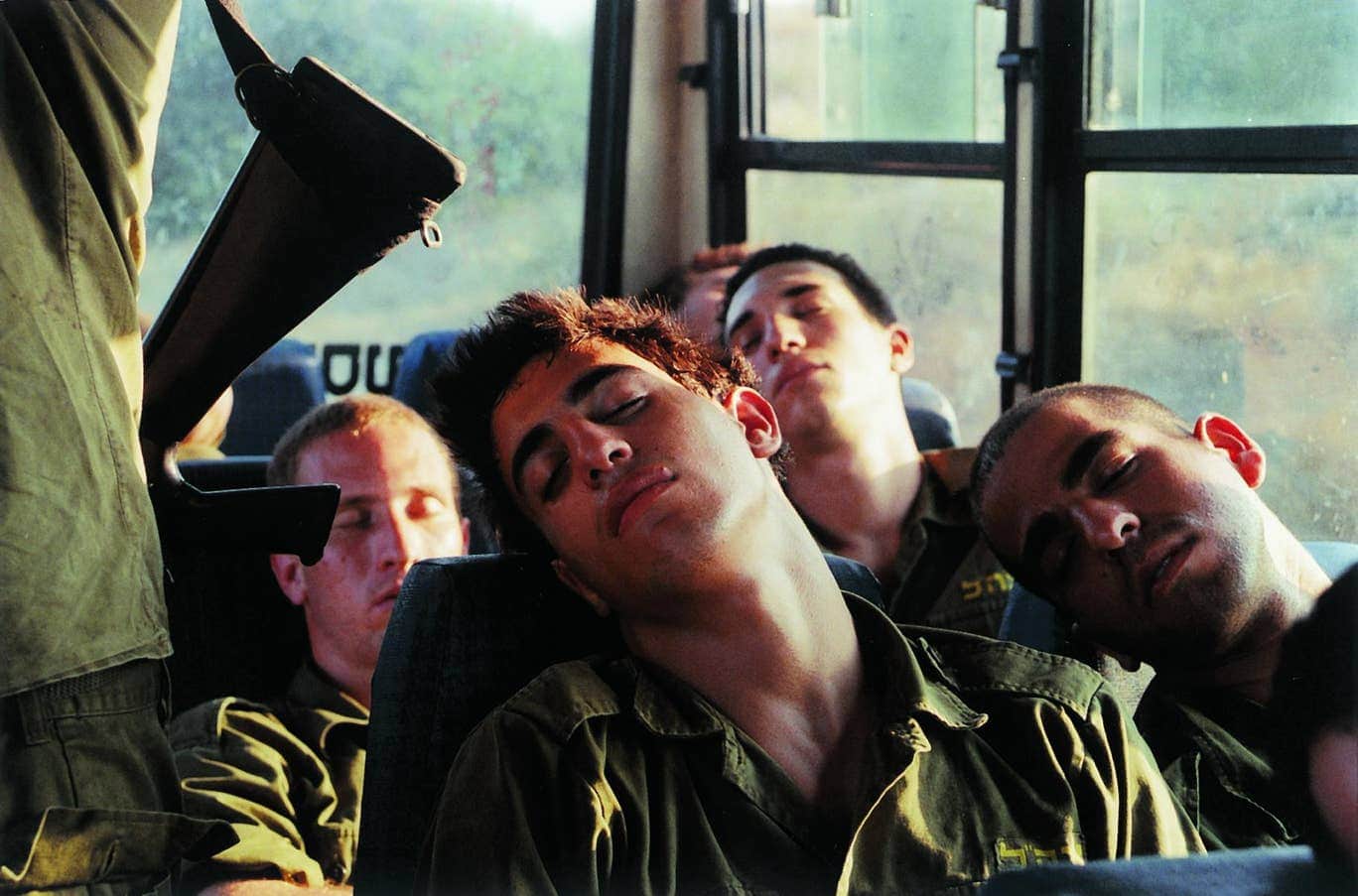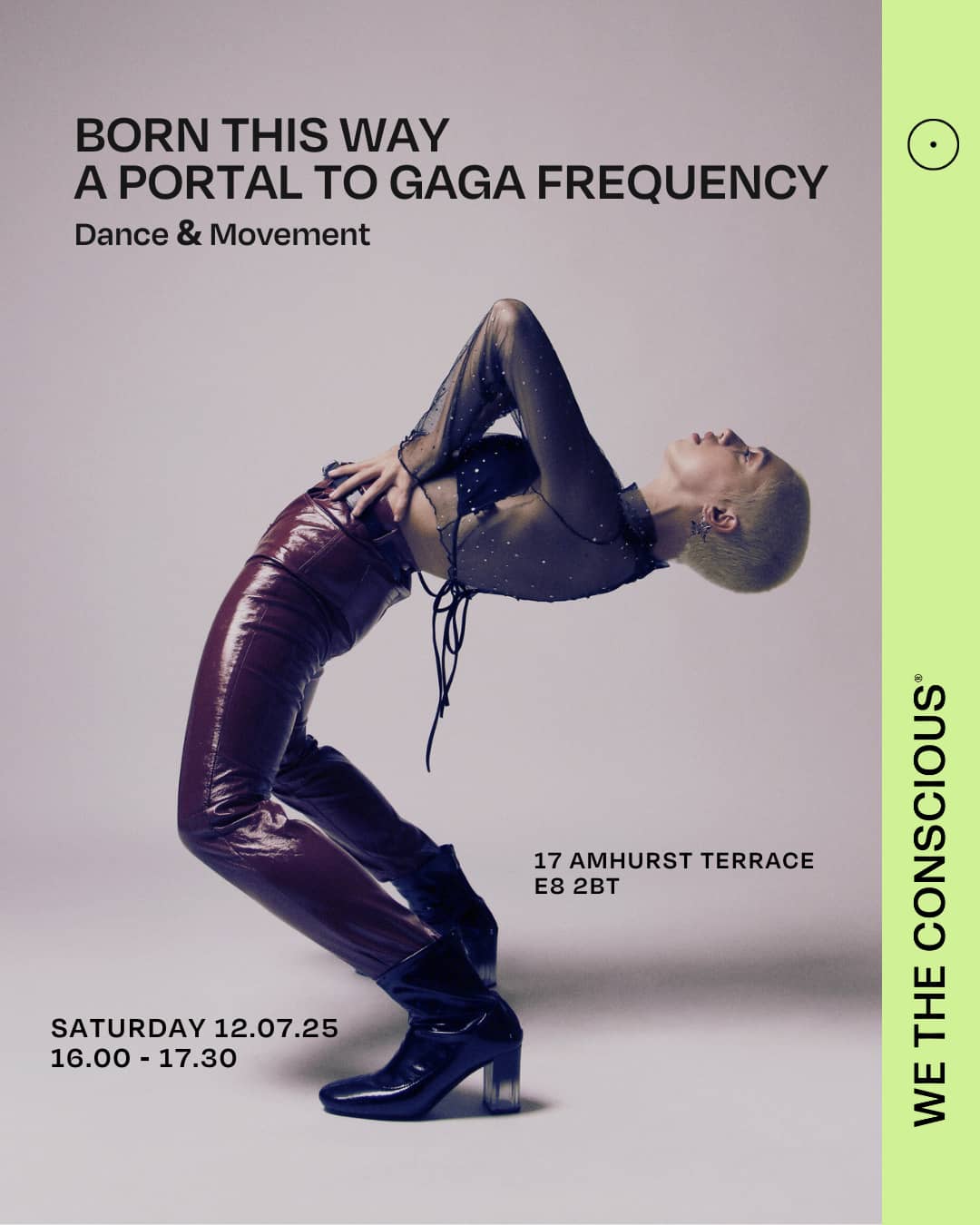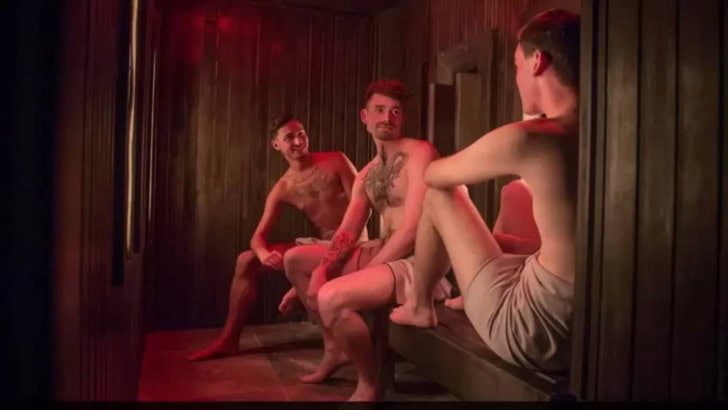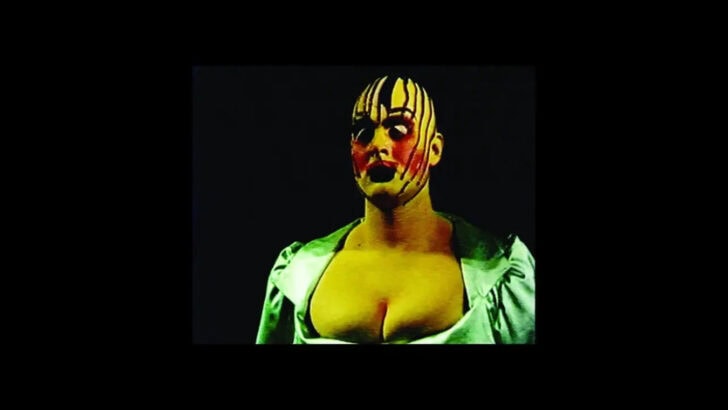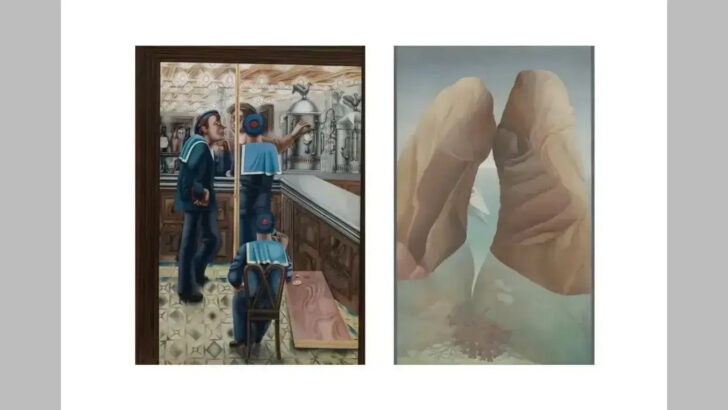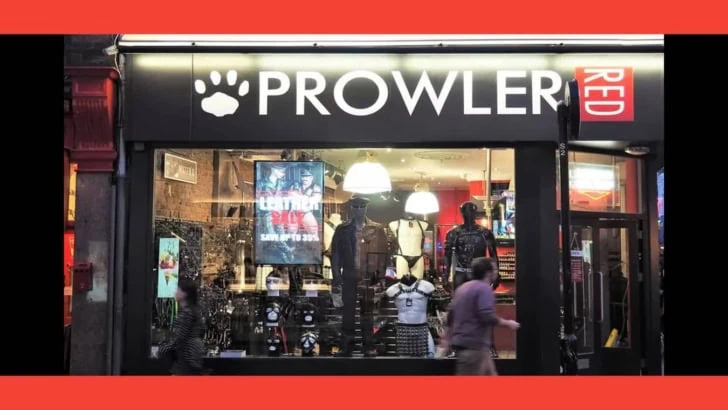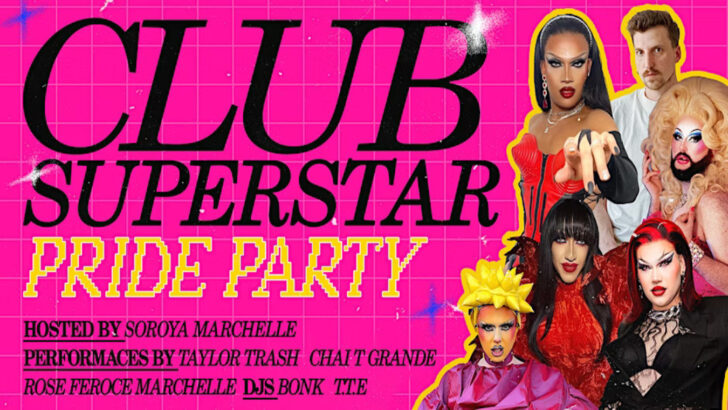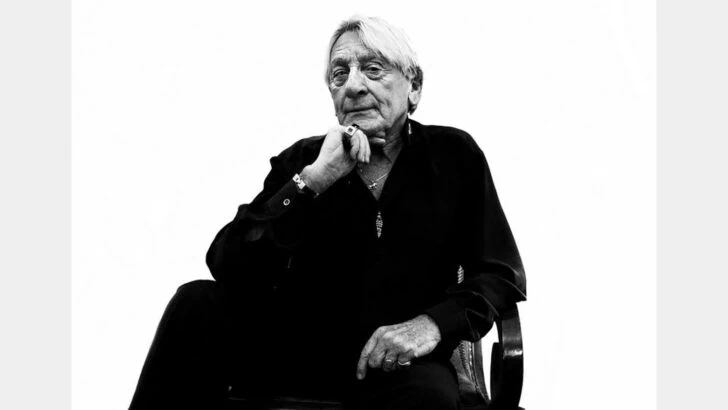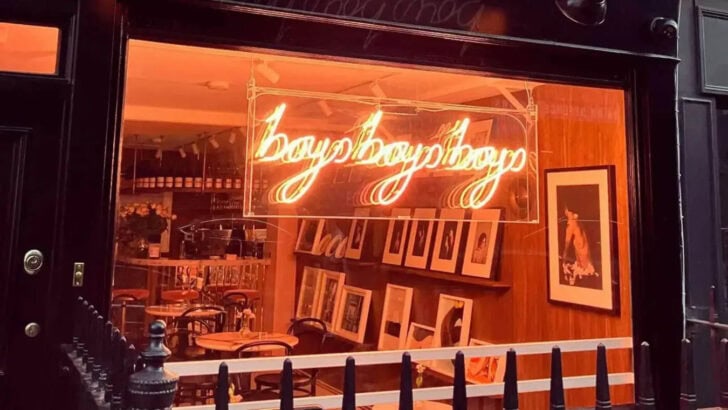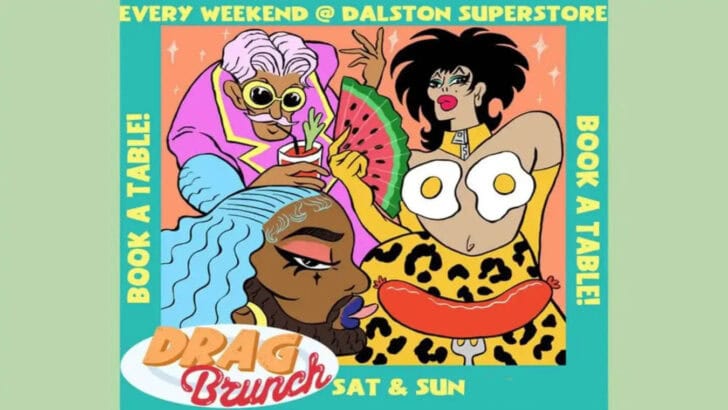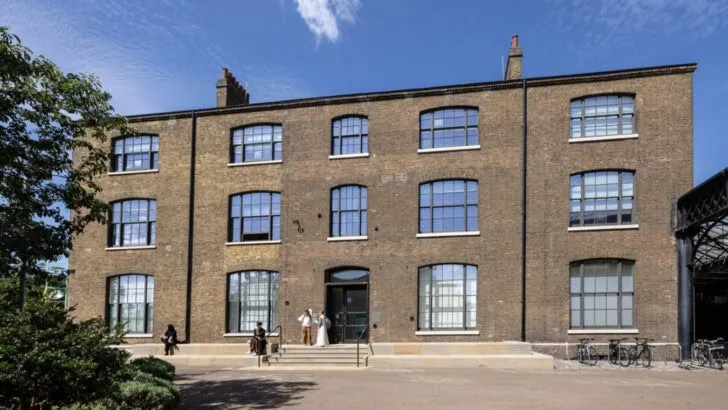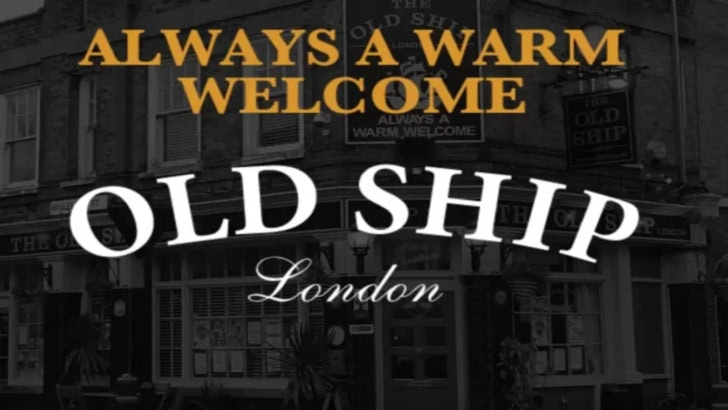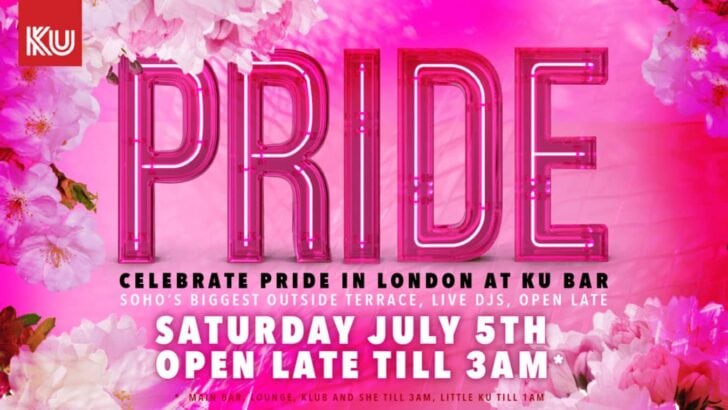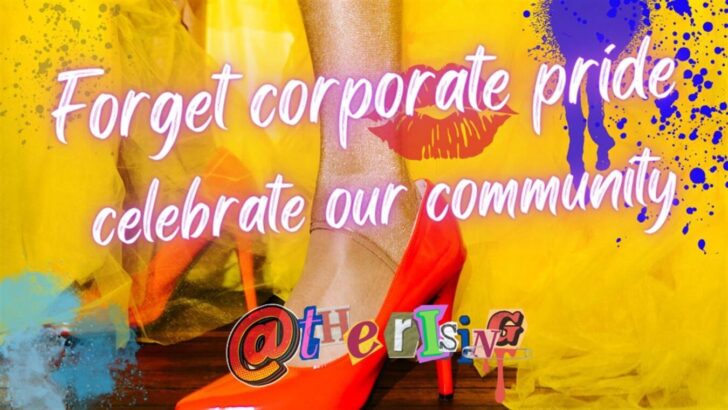Masculinities, Barbican Centre review ★★★★★ by Ifan Llewelyn
A strutting John Wayne once philosophised that “A man’s got to have a code, a creed to live by, no matter his job.” In the past few years manhood or, rather, masculinity has never been such harsh scrutiny. It’s a swift talking point in any discussion of contemporary culture, often double-barrelled with “toxic” or “fragile”. We’re living in a time when Simone de Beauvoir and Judith Butler’s works are firmly planted in the conscious, waking up to the arbitrary nature of what we collectively establish as being or not being masculine, giving us air to question what and why they are. Through a diverse range of perspectives, Masculinities: Liberation through Photography leaves manhood dissected and laid bare. It’s an exhibition that succinctly and seamlessly transitions from archetypal notions of manliness to complicating interjections of blackness, queerness and feminism.
Bringing together over 300 works from over 50 trailblazing artists, photographers and filmmakers, the exhibitions opens by establishing and interrogating bastions of masculinity: the solider, the cowboy, the football player, the bodybuilder and the father. Exploring the hyper-masculine arena of combat and warfare, we see glimmers of tenderness shining out from behind green uniforms. In Adi Nes’ series Soldiers, 1999 we see military men packed into the back of a bus, sleeping with their heads resting on each other’s soldiers. It’s these slippages that this exhibition relishes in, gesturing at the many inherent contractions in maleness. We see this extremely illustrated in Thomas Dworzak’s series Taliban where soldiers for the terrorist group pose holding flowers and, most shockingly, hands.
From the solider, through the cowboy presented in Sam Contis’ mythology of the American West, we land on the bodybuilder. Introducing a bodily notion of what it means to be masculine, we see that the given link between muscularity and masculinity is just as arbitrary as, say, boys like blue and girls like pink. In transgressive artist Cassils’ series Time Lapse, 2011 we see the artist transform their body through the use of steroids and weight training, meditating on masculinity without the male body. As their body hardens and the muscle develops, we see the female-bodied artist transition to a place of undeniable masculinity. In Robert Mapplethorpe’s tender portraits of bodybuilders, including that of a young Arnold Schwarzenegger, we see the gay male gaze caressing the undulating curves of the muscular body. The power of the muscled physique gives way to their delicate depiction.

The bodybuilder is later revisited in Aneta Bartos’s fraught portraits of herself with her ex-bodybuilder father. Her uncomfortable work complicates the figure of father as they both pose alongside each other in their underwear. Her work is surrounded by contemplations of the father within the family structure. It’s fresh to see the broadening of the idea of family to include the chosen family, represented in Sunil Gupta’s “Pretend” Family Relationship where queer family portraits defy Thatcher’s Section 28 and the ban on representing gay relationships.
Though queerness as complicating force emanates throughout this exhibition, it’s given particular attention in “Queering Masculinity”. Showcasing the work of AIDS artists Peter Hujar and David Wojnarowiz and disrupting ideas of masculinity in the wake of queer liberation and in the face of an epidemic. The subversion of wide-held codes of masculinity and their significance in signalling queerness is interesting in Hal Fisher’s photo-text series Gay Semiotics, where leather men and jocks are humorously deconstructed.
From queerness, we move on to, through the touching portraits of Rotimi Fani-Kayode, how blackness interjects our Western conception of masculinity. His intersectional work straddling a male, gay and black identity gives way to artists reclaiming their representation. Under the austere shadow of white masculinity comes the work of Hank Willis Thomas. Exploring themes of perspective, identity, media and pop culture, his photos present a complicated perspective of black masculinity.

The exhibition’s parting shot comes through female artist’s work on masculinity. Turing the idea on its side for a fresh perspective, much like Duchamp’s ‘Fountain’, the subject is transformed. From the female gaze, masculinity becomes strange and almost alien in Annette Messager’s series of photographs of men’s clothed crotches. In Tracey Moffatt’s video work, filming handsome, muscular surfers awkwardly changing out of their wetsuits, we see how they become coquettish when confronted with an assertive female gaze. They play with their hair and pout in an attempt to appear attractive, changing behaviours to appease the camera’s lens.
In exiting the exhibition, you are left with an urge to question your own gender conformity. From your relationship with those around you down to the clothes on your body; how you perform or disavow your own masculinity. You almost feel like those surfers trying to save face as they slip and shove their way out of a tight wetsuit. It’s a discomfort, but a very useful one.
Masculinities: Liberation through Photography at Barbican Art Gallery, Barbican Centre ’til 17th May 2020. barbican.org.uk
READ MORE related to Masculinities, Barbican Centre review:
